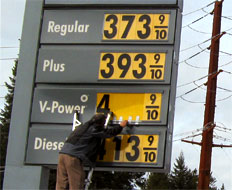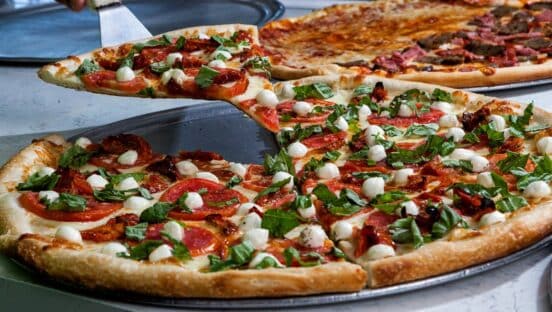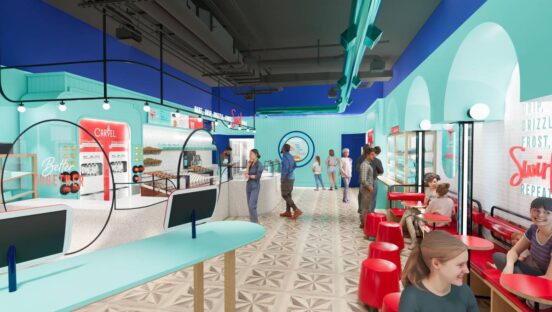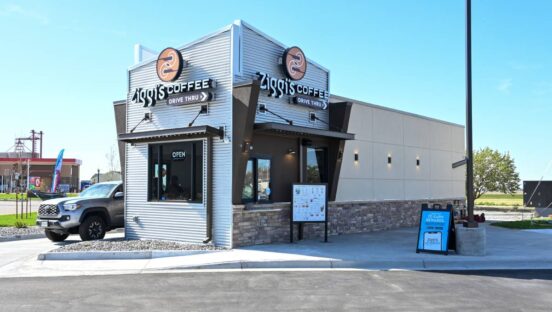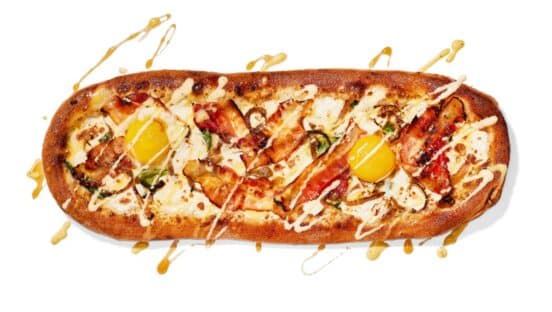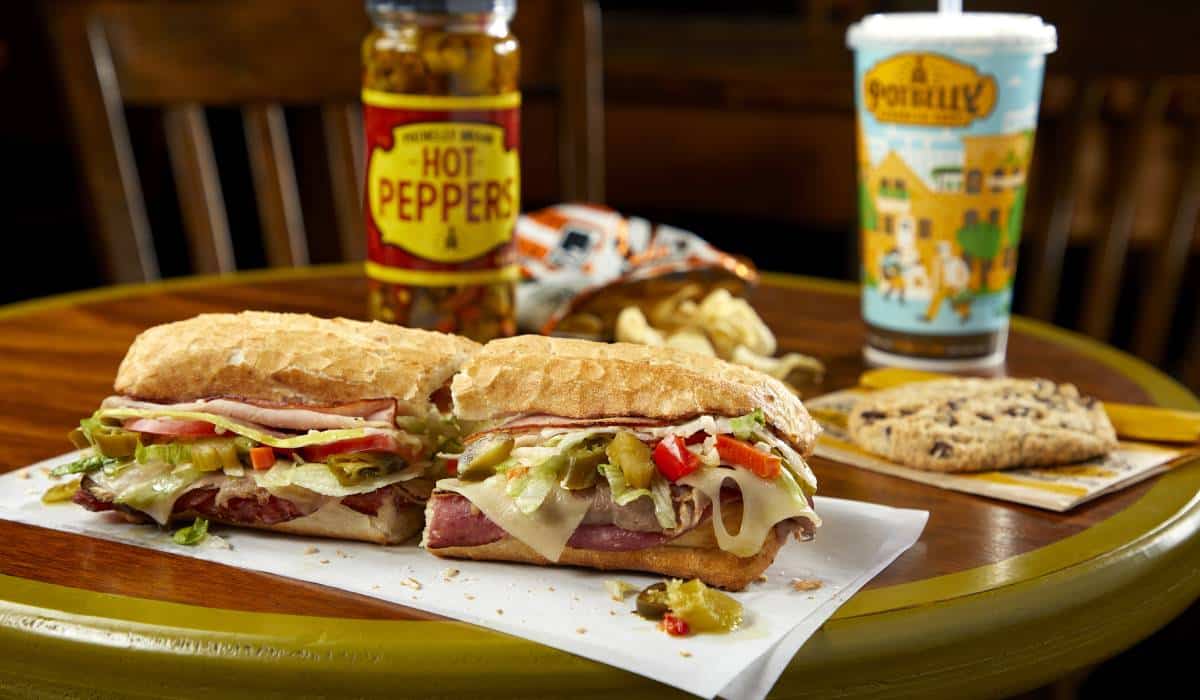Despite surging gas prices in the face of global disaster and conflict, restaurant operators across the U.S. are trying to stay focused on other challenges—even though gas prices have a slew of direct and indirect impacts on the restaurant business.
“When we survey restaurant operators about what their top challenge is, energy cost isn’t even among the top half dozen,” says Hudson Riehle, a senior vice president of research at the National Restaurant Association (NRA). “However, as the months roll by and if the price levels are sustained, and there’s no relief in sight, then obviously the challenge will ratchet up the scale.”
Nationwide, an average gallon of mid-grade gas is selling for nearly $3.70, about 45 cents more than it did a month ago, according to AAA. The current price is almost 75 cents more than the average cost one year ago.
Oil industry analysts are blaming the steep price hike mainly on the crisis in the oil-rich North African nation of Libya, where government forces and a core of antigovernment rebels have been engaged in a bloody battle since the middle of February.
Another global calamity—the magnitude 8.9 earthquake that sent a tsunami crashing into Japan on March 11, sparking fears of multiple nuclear meltdowns—now has analysts predicting a further rise in global gas prices.
However, the economy, building and maintaining value, and food costs all rank as more pressing challenges than energy costs among restaurant operators, Riehle says.
If operators are keeping their cool as the price at the pump steadily rises, it may be because of the historic gas prices of 2008, when a gallon of gas went for a record high of $4.11. Those prices showed restaurateurs how much worse things could get.
“You know, this will still be the best [business] environment of the four-year period” dating back to 2008, says Riehle, citing expectations that national restaurant sales will hit a historic peak of $604 billion in 2011, a 3.6 percent jump over 2010.
Still, Riehle says rising gas prices mean tighter consumer budgets and less money landing in restaurant cash registers.
“Cash on hand obviously is a very important determinant of restaurant patronage,” he says. “There’s always been a very strong correlation between increases in household income and restaurant industry sales growth.”
Forty-one percent of American adults report that they are not going to restaurants as often as they would like, Riehle says. This pent-up demand bodes well for the restaurant industry in good times. For now, however, it will likely remain untapped, especially with important regions of the world in turmoil of one kind or another, unemployment stubbornly high in the U.S., and consumers generally on edge.
“The rapidity of these increases [in the price of gas] attracts a lot of attention and makes consumers more anxious,” Riehle says. “Regardless of the cause, consumer anxiety is linked to restaurant sales.”
The effect of the hike in gas prices on restaurants has been minimal to date, says Peter Jankovskis, co-chief investment officer at OakBrook Investments, which tracks Oak Brook, Illinois, neighbor McDonald’s.
“I don’t think we’ve really felt it at this point, to be honest, because it’s just come about in the last few weeks,” Jankovskis says.
If gas prices stay high, quick serves are likely to feel it less than pricier restaurants as consumers opt to trade down rather than stop eating out altogether, he says.
“Going forward, the heaviest impact will be on casual dining,” Jankovskis says. “Certainly there will be some people shifting out of fast food as well, but the fast food segment is probably going to hold up reasonably well because you’ll have people from casual dining shifting in.
“It’s also possible,” he says, “that this event will pass very quickly and things will move back to normal.”
Restaurants obviously hope so—particularly delivery concepts that are impacted directly by a change in gas prices.
“We watch commodity prices closely for their impact on our business,” says Pizza Hut spokesman Chris Fuller. “We do not anticipate raising our prices for now while we remain on a simple $8, $10, and $12 pricing structure.”
Echoing the NRA’s findings, Detroit-based Popeyes franchisee John Brodersen says gas ranks behind other pressing concerns.
“Gas is not the issue,” he says. “It is grains and other commodities that are causing our direct costs to go up, which affects our profits even more than the loss of sales, if any, from gas increases.”
Nonetheless, with no end in sight to the Libya crisis and the catastrophe in Japan still unfolding, restaurant operators need to step up promos and marketing to guard against further increases in gas prices, Riehle says.
“The industry is fortunate in that restaurants are truly an expenditure the consumer enjoys,” he says. “But operators know it takes a nudge when the consumer is forced to allocate cash elsewhere.”

